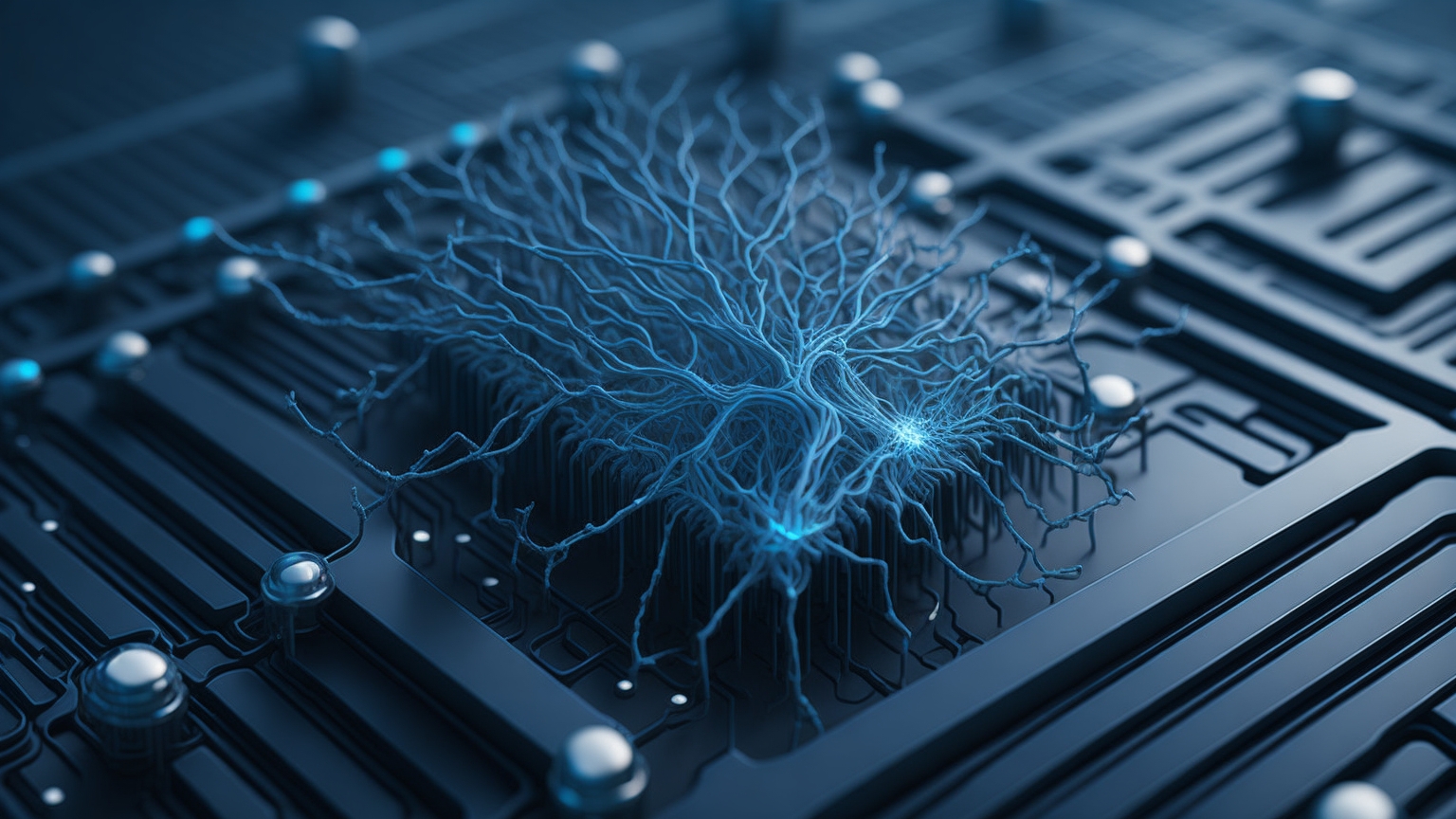Neuromorphic Chips: Emulating Brain Function with Cutting-Edge Technology

Neuromorphic chips, often referred to as “synthetic brains,” are groundbreaking and thrilling technology, seeking to emulate the human brain’s intricate functions using the latest engineering strategies. These specialized devices combine computation and storage, akin to how the brain’s neurons and synapses operate.
Neuromorphic Chips: The Operation
Conventional computers adhere to the “processor and memory” concept, where the microprocessor undertakes calculations, and the memory serves as data storage. Neuromorphic chips, however, use an entirely different approach. They employ “spiking neural networks” (SNNs) architecture that mimics brain interaction mechanics. Instead of performing linear computations like traditional computers, SNNs create spikes of activity, which enhances their information processing efficiency.
Neuromorphic Chips’ Potential Uses
Neuromorphic chips’ benefits make them perfect for an extensive array of applications. Their exceptional multitasking capabilities and real-time large data volume processing make them suitable for artificial intelligence, autonomous systems like self-driving vehicles, and robotics.
They also find use in constructing sophisticated machine learning systems and in the big data sector. In the healthcare realm, neuromorphic chips can help establish intricate brain models for studying neurological disorders.
Future Implications of Neuromorphic Chips
Neuromorphic chips are still in their nascent development stages, and their potential has already piqued scientists’ and engineers’ interest worldwide. By emulating the human brain’s actions, neuromorphic chips could pave the way for the next artificial intelligence generation, far more potent and efficient than existing systems.
However, like any high-end technology, we need to address potential safety and ethical concerns associated with using neuromorphic chips. Privacy, data security, and ethical deliberations must be thoroughly explored.
To sum up, neuromorphic chips present an exhilarating and promising technology that could spur artificial intelligence advancements and potentially revolutionize our future computing approach.




